Introduction
Sensory sensitivities are a key aspect of autism spectrum disorder (ASD) that profoundly impact the daily experiences of individuals on the spectrum. The way individuals with autism perceive and respond to their sensory environment can significantly influence their interaction with the world.
However, many research findings fail to translate into practical, real-life applications that enhance the well-being of autistic individuals. In this article, we explore the impact of sensory sensitivities on daily life, the emotional toll of sensory overload, the role of healthcare professionals in diagnosis and management, therapeutic interventions for managing sensory sensitivities, different types of sensory sensitivities in autism, and strategies for creating sensory-friendly environments. By understanding and addressing sensory sensitivities, we can better support individuals with autism in navigating challenges and ensuring their overall well-being.
Understanding Sensory Sensitivities in Autism
Sensory processing issues are a key aspect of autism spectrum disorder (ASD) that can shape the daily experiences of those on the spectrum. For children with autism, the way they perceive and respond to their sensory environment—be it through heightened or diminished receptivity to sounds, sights, textures, tastes, or smells—can profoundly affect their interaction with the world.
A decade ago, an enlightening conversation with autistic individuals and their families revealed a significant void in autism research. Despite the advanced quality of studies, many felt the findings failed to translate into practical, real-life applications that could enhance the day-to-day wellbeing of autistic individuals.
For instance, while extensive lab-based research has been conducted on executive function challenges in autistic people, the real-world complexity of these issues is often oversimplified in controlled settings. A recent meta-analysis highlighted only moderate group differences in lab-based studies, contrasting sharply with the significant planning and flexibility difficulties reported in everyday life.
These challenges are not static; they fluctuate according to the context, the individual's mental state, task clarity, and personal motivation. The COVID-19 pandemic further underscored the importance of routine and expected experiences for autistic individuals, as the disruption of daily activities—once considered mundane—became acutely felt and essential for their well-being. This insight compels a shift from an isolated view of autism to one that considers the 'individual-in-context.' The conventional medical model's focus on autism as an inherent trait of the individual overlooks the critical role that environmental and contextual factors play in the lives of autistic people. It's not simply about 'correcting' individual deficits but appreciating and adapting to the individual's context to foster a flourishing life.
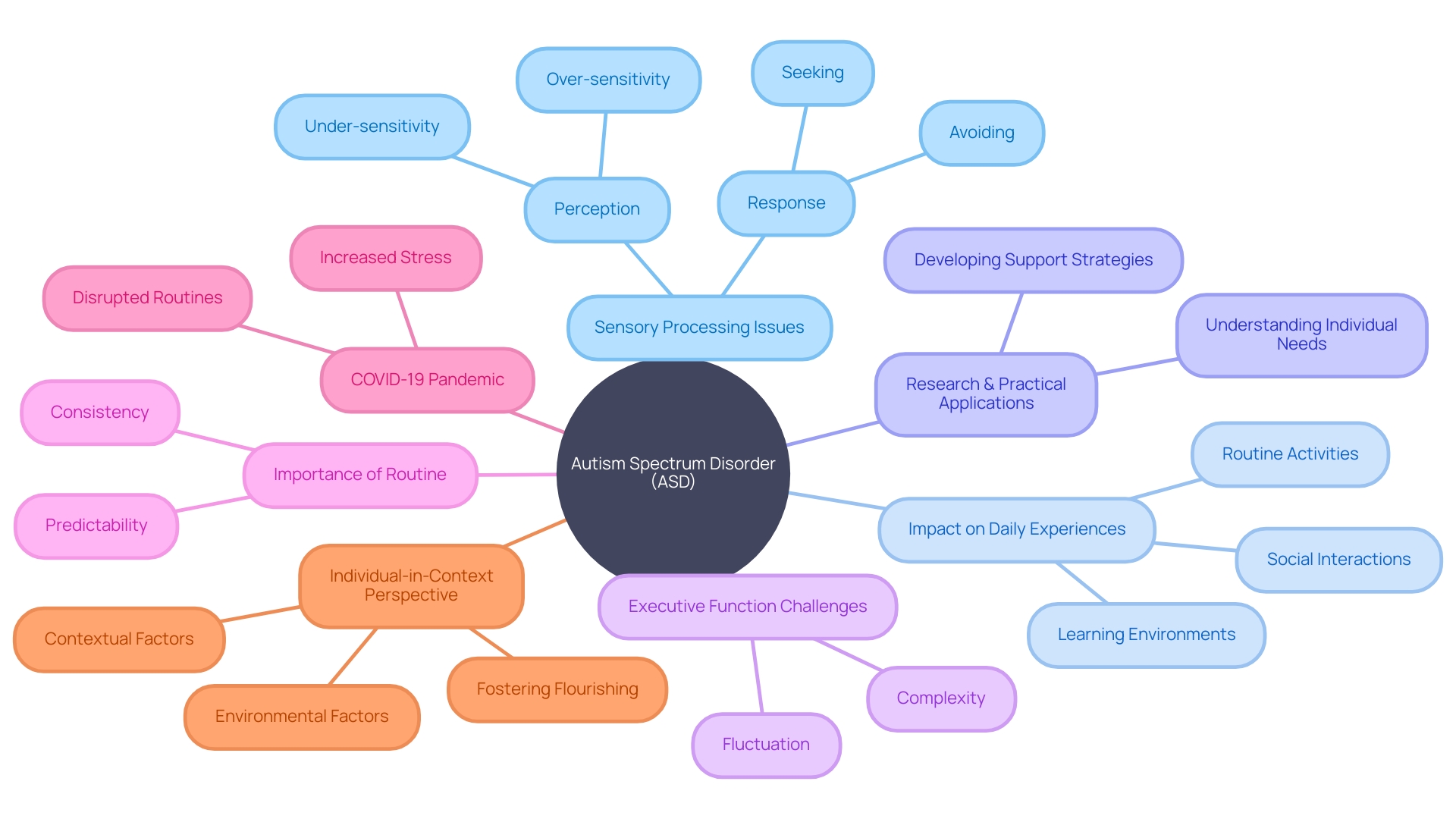
Impact of Sensory Sensitivities on Daily Life
Navigating the world with autism involves unique challenges, especially when it comes to sensory sensitivities. Imagine a world where the hum of a refrigerator escalates into a distressing drone, or the touch of a cotton shirt feels like sandpaper.
These are the types of sensory experiences that individuals with autism may encounter daily, turning mundane moments into overwhelming obstacles. Such sensitivities can significantly influence behaviors; a child covering their ears isn't merely blocking out a sound, they're seeking refuge from sensory overload.
These sensitivities extend beyond the physical realm, affecting social interactions and the ability to thrive in environments that many of us take for granted, like a bustling classroom or a busy supermarket. It's not enough to acknowledge these challenges; understanding must be paired with actionable support that resonates with the real-life experiences of individuals with autism.
Research has shown that what happens in controlled, lab-based settings often fails to capture the complexities of everyday life. For instance, studies on executive function in autism reveal moderate effects in the lab, but real-world scenarios paint a picture of highly variable challenges, deeply influenced by context.
Whether it's following a recipe at home or navigating public transportation, the success of individuals with autism in managing these tasks can hinge on factors like anxiety levels, task clarity, and personal interest. This disconnect between research and real-world application underscores the importance of considering the individual within their context. The COVID-19 pandemic highlighted this further, as many individuals with autism felt the acute loss of their structured routines, which were crucial for their well-being. From the quiet sanctuary of a library to the joy of a dance class, the pandemic stripped away these anchors, emphasizing how even 'meaningless' activities held profound significance. To truly support autistic flourishing, it's essential to shift focus from abstract research to the 'mundane' aspects of life and embrace a holistic approach that accounts for the individual's environment and daily experiences.
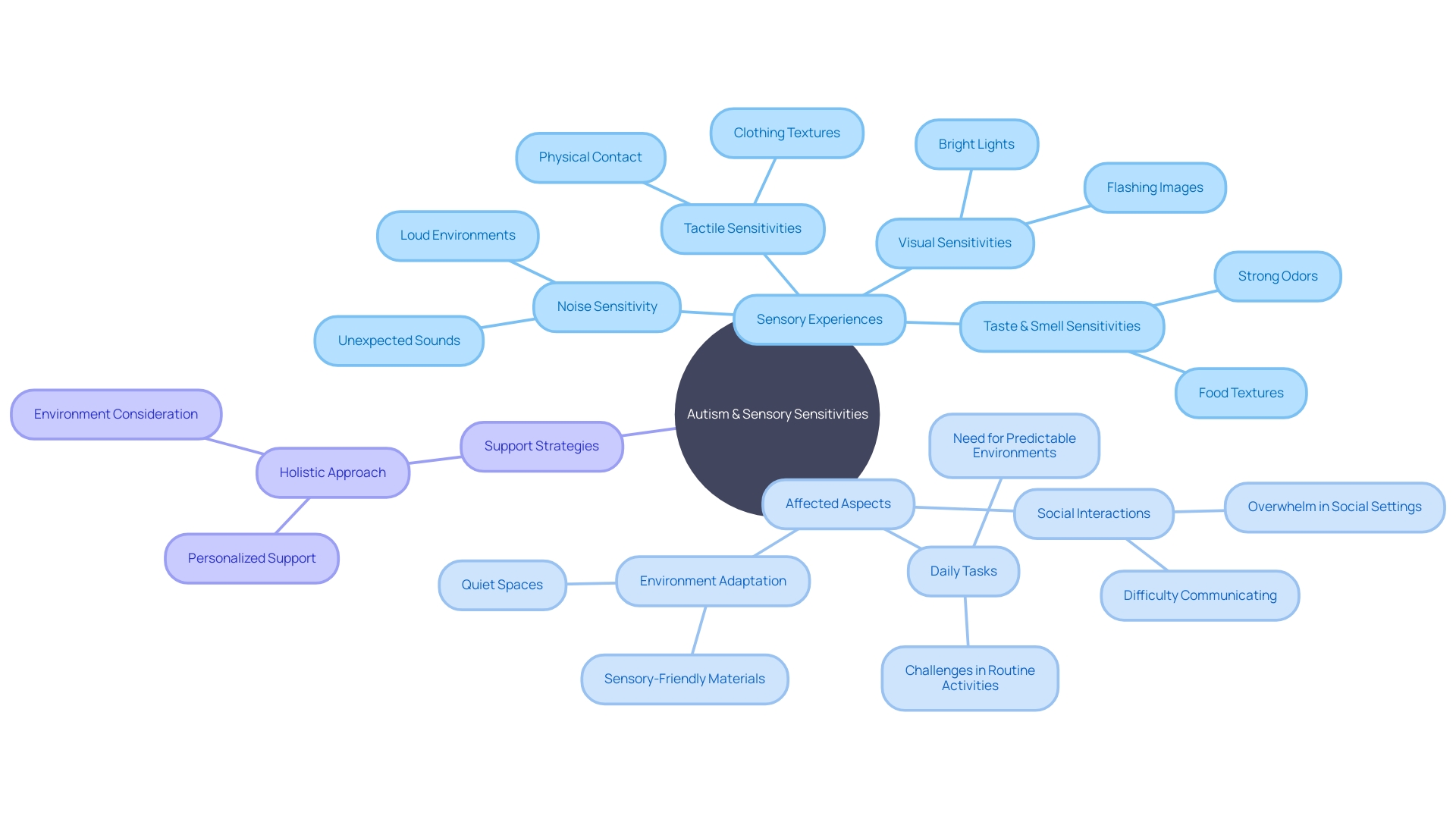
Emotional Impact of Sensory Overload
Sensory overload refers to a state in which an individual is overwhelmed by sensory input. This can result in feelings of anxiety, frustration, and even panic.
For individuals with autism, sensory overload is a common experience due to their heightened sensitivity to sensory stimuli. Covering ears can be a coping mechanism to reduce the impact of overwhelming sounds and prevent sensory overload. Understanding the emotional impact of sensory overload is essential for parents and caregivers to support individuals with autism in managing their sensory sensitivities.
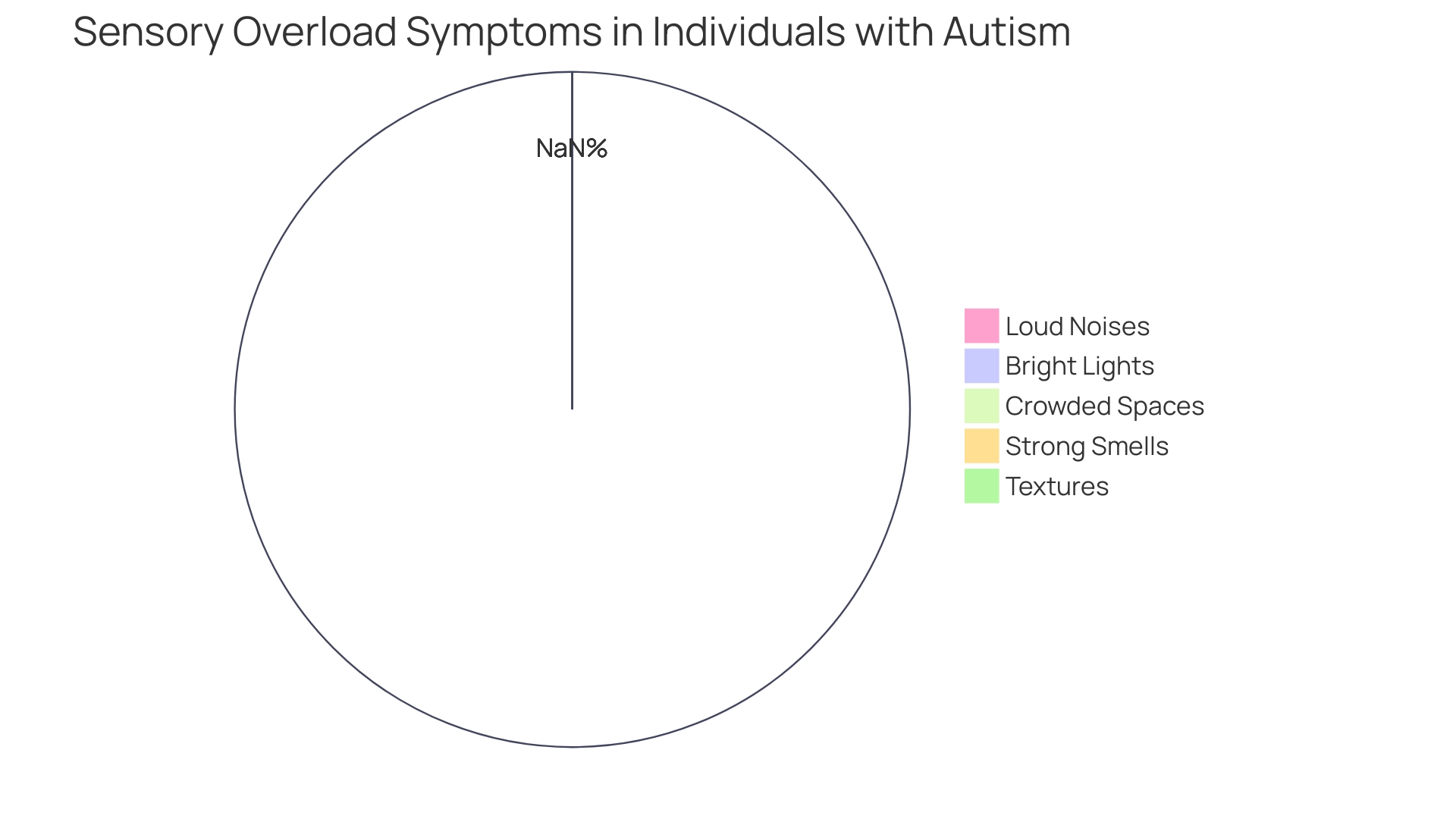
Role of Healthcare Professionals in Diagnosis and Management
In the dynamic landscape of autism care, healthcare professionals are increasingly relying on evidence-based practices to address sensory sensitivities. Through rigorous randomized controlled trials, clinicians are evaluating the efficacy of interventions to ensure that individuals with autism receive the most effective support.
Occupational therapists are at the forefront of this scientific approach, utilizing sensory integration therapy as a key method of intervention. These dedicated professionals employ a range of assessment tools and techniques to tailor their strategies to each individual's needs. As a result, parents and caregivers are empowered with a deeper comprehension of their child's unique sensory challenges and are equipped with the evidence-based interventions necessary to enhance their child's quality of life.
Therapeutic Interventions for Managing Sensory Sensitivities
Navigating the world of sensory processing for individuals with autism requires thoughtful, evidence-based therapeutic approaches. Occupational therapy, a cornerstone in this realm, offers sensory integration therapy tailored to assist individuals in modulating their sensory experiences.
The aim is to foster improved sensory processing and to promote adaptive responses to the myriad of sensory inputs encountered daily. Beyond this, additional supports such as visual aids, consistent routines, and the use of social stories are implemented to provide structure and predictability, which can be profoundly beneficial.
However, it's important to acknowledge that research on non pharmacological interventions such as these often reveals significant design flaws. This underscores the critical need for rigorous evaluation to truly ascertain their effectiveness, the breadth of change they can induce, the potential risks, and the degree to which they meet the needs of the autism community. The past decades have seen individuals with autism advocate for higher standards in research quality and ethics, emphasizing that the conduct of researchers reflects the respect and dignity afforded to people with autism.
Types of Sensory Sensitivities in Autism
Sensory sensitivities in autism can manifest in various ways. Some individuals may be hypersensitive, which means they have an exaggerated response to sensory stimuli. This can result in discomfort or even pain in response to certain sounds, lights, or textures.
On the other hand, some individuals may be hyposensitive, which means they have a decreased response to sensory stimuli. They may seek out intense sensory experiences or have a high tolerance for sensory input. Understanding the different types of sensory sensitivities can help parents and caregivers tailor their support strategies to meet the specific needs of their child.
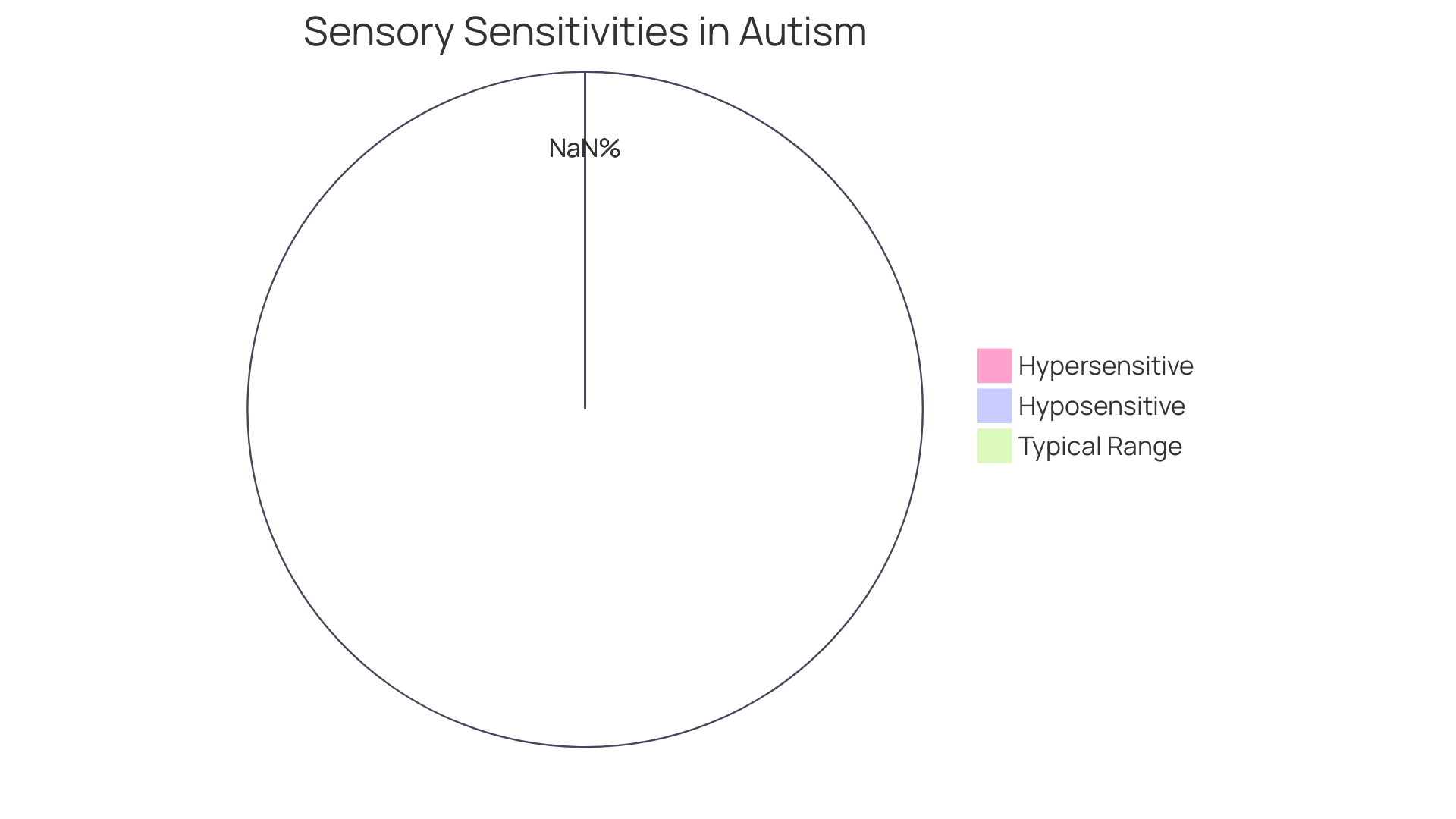
Managing Sensory Sensitivities in Daily Life
For individuals with autism, navigating daily life can often be a challenge due to sensory sensitivities. It's crucial to foster environments where they can not only function but truly flourish.
Biophilic design, an innovative approach rooted in the biophilia hypothesis, suggests that humans have a deep-seated affinity for nature. By integrating elements of the natural world into living spaces, we can significantly enhance the quality of life for those on the autism spectrum.
This can be achieved through strategies like incorporating plants, maximizing natural light, and using natural materials, which can all help reduce stress and sensory overload. Additionally, establishing a structured routine with predictable patterns can provide a sense of security, allowing for more comfortable engagement in everyday activities. Offering access to sensory activities that are soothing or pleasurable is equally important, catering to individual preferences and needs. Through thoughtful design and understanding, we can create inclusive spaces that cater to the sensory experiences of individuals with autism, supporting them in leading fulfilling lives.
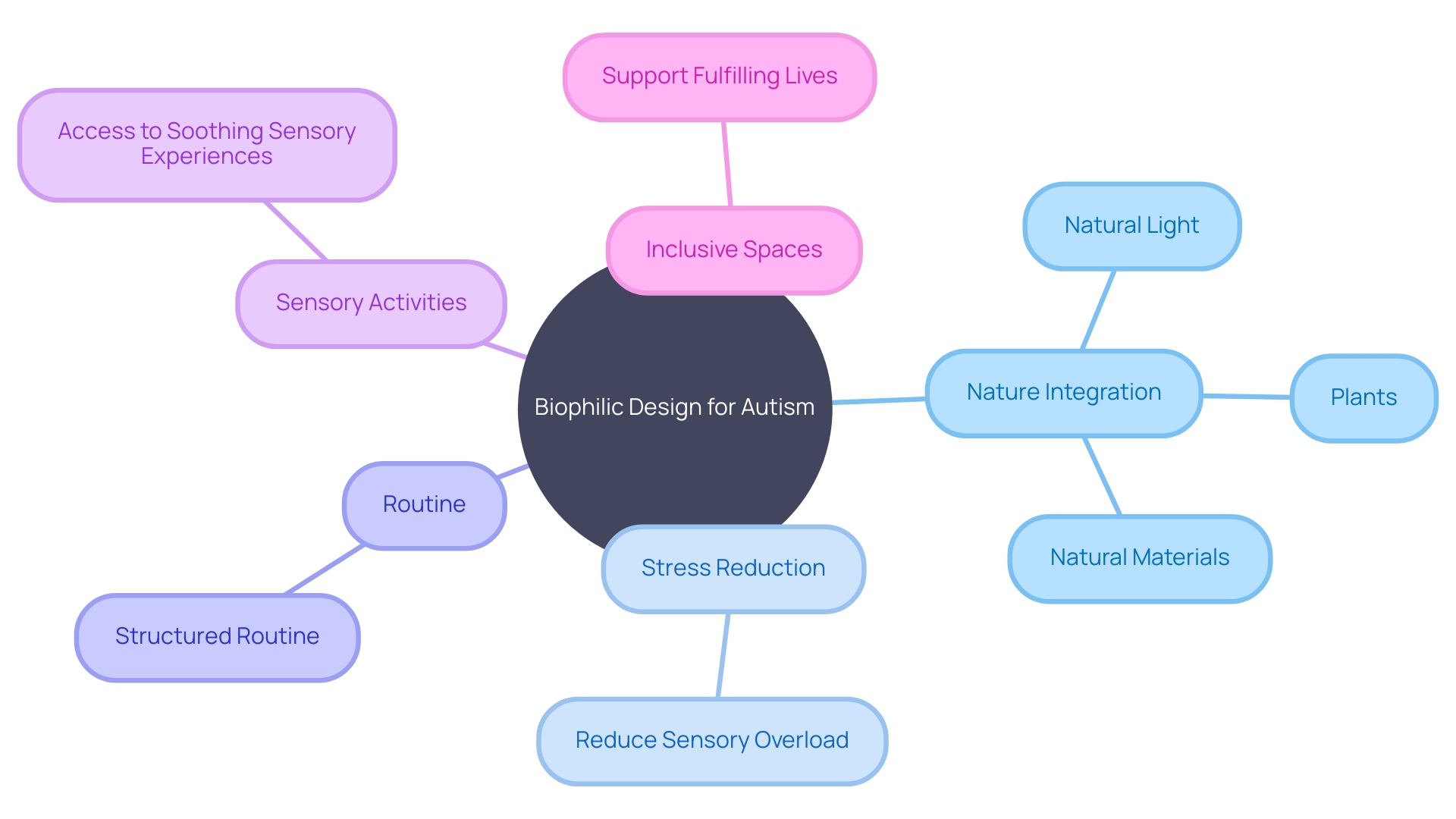
Creating a Sensory-Friendly Environment
Understanding the inherent connection between humans and nature, biophilic design is an innovative approach that integrates natural elements into our living spaces. This design philosophy is based on the biophilia hypothesis, suggesting that we have an intrinsic affinity towards life and living systems.
The implementation of biophilic design principles can be particularly beneficial for individuals with autism, who may have heightened sensitivity to their surroundings. Integrating aspects of nature such as plants, water features, and natural lighting can create a serene environment that reduces stress and sensory overload. Adapting spaces to include these natural elements, alongside accommodations like noise-canceling headphones, can significantly enhance the comfort and well-being of those with sensory sensitivities.
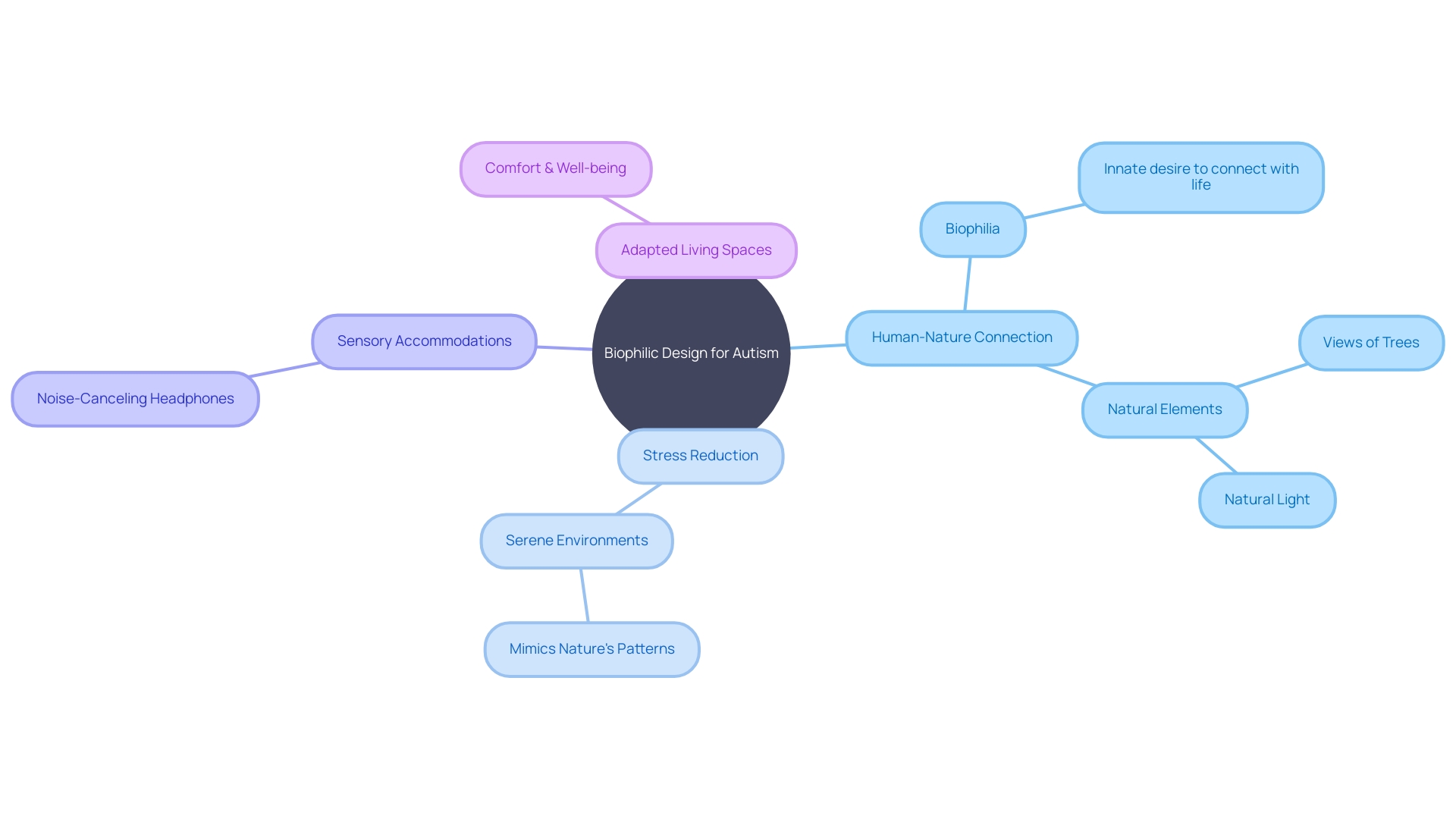
Conclusion
In conclusion, sensory sensitivities have a significant impact on the daily lives of individuals with autism spectrum disorder (ASD). These sensitivities can create unique challenges and greatly influence their interactions with the world. However, research findings often fail to translate into practical applications that enhance the well-being of autistic individuals.
Understanding and addressing sensory sensitivities is crucial for providing effective support. By acknowledging these challenges and offering actionable support, we can help individuals with autism navigate their sensory sensitivities more effectively. The emotional toll of sensory overload should not be underestimated.
Sensory overload can lead to anxiety, frustration, and panic. Recognizing and understanding its impact is vital for supporting individuals with autism in managing their sensory sensitivities. Healthcare professionals, particularly occupational therapists, play a critical role in diagnosing and managing sensory sensitivities.
Through evidence-based practices, they provide tailored interventions to enhance the quality of life for individuals with autism. This empowers parents and caregivers with a deeper understanding of their child's challenges and equips them with effective strategies. Therapeutic interventions such as occupational therapy offer evidence-based approaches for managing sensory sensitivities.
By improving sensory processing and promoting adaptive responses, these interventions aim to enhance daily functioning. Rigorous evaluation is necessary to determine their effectiveness and meet the needs of the autism community. Different types of sensory sensitivities exist in autism, including hypersensitivity and hyposensitivity.
Understanding these variations allows parents and caregivers to tailor support strategies that meet their child's specific needs. Creating sensory-friendly environments is crucial for individuals with autism to thrive. Incorporating elements from nature through biophilic design principles can reduce stress and sensory overload.
Structured routines, access to soothing activities, and accommodations based on individual preferences contribute to creating inclusive spaces. By understanding and addressing sensory sensitivities, we can better support individuals with autism in navigating challenges and ensuring their overall well-being. This holistic approach empowers them to lead fulfilling lives within supportive environments tailored to their unique needs.




